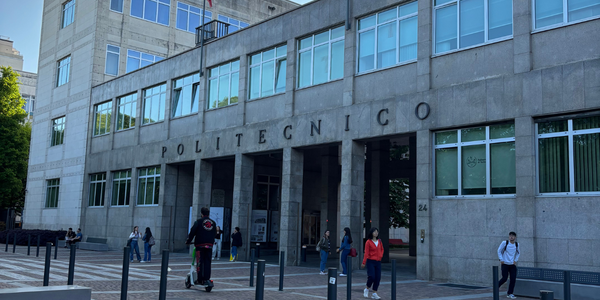Lapland – it sounds like endless snowy landscapes, icy cold, and most of all: the hunt for the magical northern lights. As part of my semester abroad at Chalmers University of Technology in Sweden, I’m sharing my experiences in Lapland and everything else the far north has to offer. Is it really worth the hype, and why I HAVE to go back for a second visit – you’ll find out here.
What is Lapland anyway?
Lapland isn’t a country, but a culturally and geographically unique region that’s often associated with Finland. In reality, Lapland spans the northernmost parts of Norway, Sweden, Finland, and Russia. Most of Lapland lies north of the Arctic Circle.
And what’s the Arctic Circle, exactly? It’s the latitude (66°33‘55‘‘) above which the sun does not rise or set on at least one day each year – this is when we experience the famous Polar Night or Midnight Sun.
Kiruna
I spent my semester abroad in Gothenburg. And as I was already in Scandinavia, a trip to Lapland felt like a must. Along with some fellow students, we booked an organised trip with “90degreesnorth” to Kiruna, Sweden’s northernmost town. Kiruna lies about one hundred forty-five kilometres north of the Arctic Circle and is known for its long, dark winters and stunning Northern Lights. We took a bus from Gothenburg to Stockholm, then a flight to Kiruna – and the four-day adventure began.
Kiruna also has a different story to tell: beneath the city lies one of the world’s largest iron ore mines (supplying eighty percent of Europe’s iron ore!). However, mining has its price – like an anthill, the mining destabilises Kiruna’s ground.
The solution? Kiruna is relocating. Yes, you read that right. For the past few years, the entire city centre has been gradually rebuilt about three kilometres to the east – including the church, town hall, and homes. New buildings are being demolished without hesitation, and even the historic wooden church (under monument protection) is being moved – yes, moved as a whole. The foundation has already been removed, and the entire church is to be transported via a specially constructed road. It’s a fascinating yet eerie sight.
Life at Camp
Our accommodation was called Camp Alta, a cozy cabin village by a frozen lake, a little outside Kiruna. A floating sauna on the lake, now frozen in place, was definitely a highlight. Sauna is a must: heating it up to over eighty degrees Celsius, then plunging through a hatch directly into the four degrees Celsius lake water – not for the faint-hearted, but perfect for our group.
We also tried our luck with ice fishing. Honestly, the most exciting part was drilling the hole through forty centimetres of ice – we didn’t have the patience for actual fishing.
For the adrenaline junkies among us, a snowmobile tour across the frozen lake was the ultimate thrill. Especially for those who found the "Sport Mode" switch on the snowmobiles, unlocking speeds from fifty to one hundred and ten kilometres per hour. No surprise: I was one of those flying across the ice at full speed. Pro tip: Sled dogs always have the right of way – no joke!
For quieter moments, you could borrow snowshoes or cross-country skis, or just relax by the fire in the communal tipi.
From Huskies to Reindeer
One afternoon, we visited a nearby village where we got to learn about the indigenous Sámi people, who traditionally live in Lapland. Rudolph and his friends were also there – we even got to step into the enclosure and feed him!
This village also hosts the world-famous Icehotel. If you’ve got some money to spare, you can stay a night in this entirely ice-built hotel with breathtaking statues and artwork – prices range from six hundred to one thousand four hundred Euros per night. We settled for just a visit, wandering through the stunning rooms.
As mentioned before, dog sledding is still a common mode of transportation in Lapland. We got to try it ourselves at a nearby training centre with over two hundred sled dogs – one of the largest in the region.
To be honest: first impressions were tough for dog lovers. The dogs were kept in small kennels, howling loudly – the conditions seemed questionable. But as soon as it was time to work (= pulling the sled), the energy completely changed. The dogs were bursting with joy and couldn’t wait to run. Whether that excitement was for the run or the food afterwards – who knows. For peace of mind, I chose to believe the former.
We took off on a two-person sled, pulled by five excited dogs through the woods and across the lake. The most important thing? Braking! You really had to hold the dogs back – otherwise, they would’ve taken off like a rocket. Ethical concerns aside, it was an incredible experience and one of my personal highlights of Lapland.
Want even more cultural insights from Sweden? Then take a look at Christophers other blog post “Scandinavia up close: What we can learn from Sweden”.
Chasing the northern lights
Lapland – the holy grail for aurora hunters. Northern Lights, Aurora Borealis, celestial fire – whatever you call this breathtaking sky phenomenon, it’s on nearly everyone’s bucket list, including mine. But even before we left, the weather forecast had us worried. Clouds – the ultimate enemy of the aurora.
Due to the light pollution from Kiruna and the nearby mine, our camp wasn't ideal for spotting the lights. So on our final evening, we went out on a guided aurora hunt. Warm clothes? Check. Fully charged cameras? Check. The perfect photo settings? Thanks, ChatGPT. Weather and aurora forecast on constant refresh.
During the ride, our tour guide explained the physics behind the lights and shared fun facts. We stopped at various lookout points, warmed up with soup, and kept our eyes fixed on the sky. Often, the naked eye isn’t enough – but even the cameras saw nothing. At the last stop in Abisko, we climbed a hill for a better view, but still – no luck. Our efforts were in vain.
Sure, we were disappointed. But looking back, I think the real issue was our high expectations. Nature doesn’t play by our rules. Around five a.m., we were still sitting by a fire in the tipi – and suddenly, the lights didn’t feel so important anymore.
Conclusion of my Lapland discovery tour
Even without the Northern Lights, the trip was packed with adventures and unforgettable memories. Looking back – especially while writing this post – I’m amazed at how much we packed into just three days. Especially as part of a study abroad programme with a large and diverse group, it was a truly unique experience.
Does one need to visit Lapland? For me, it’s a definite YES. The north has way more to offer than you might expect. Furthermore, I HAVE to go back – I haven’t checked the Northern Lights off my bucket list yet. But maybe that’s not such a bad thing. It gives me one more reason to go out and explore again.
So Lapland – you and I, we’re not done yet!
Intrigued by Sweden? On the TU4U intranet, you will find an overview of all Swedish universities with which Graz University of Technology cooperates within the framework of Erasmus+ on the “Erasmus+ Partner Universities” page. TU4U also provides you with all the important information you need about Erasmus+ student mobilities in Europe. Start planning your semester abroad now!
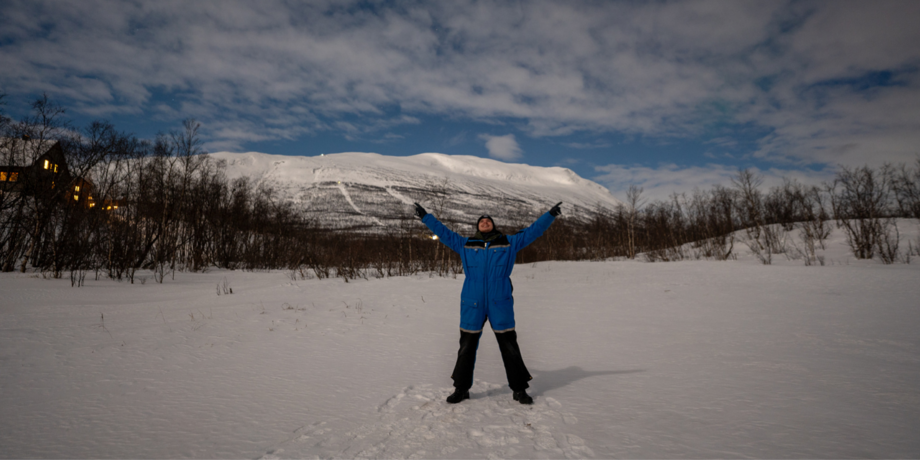
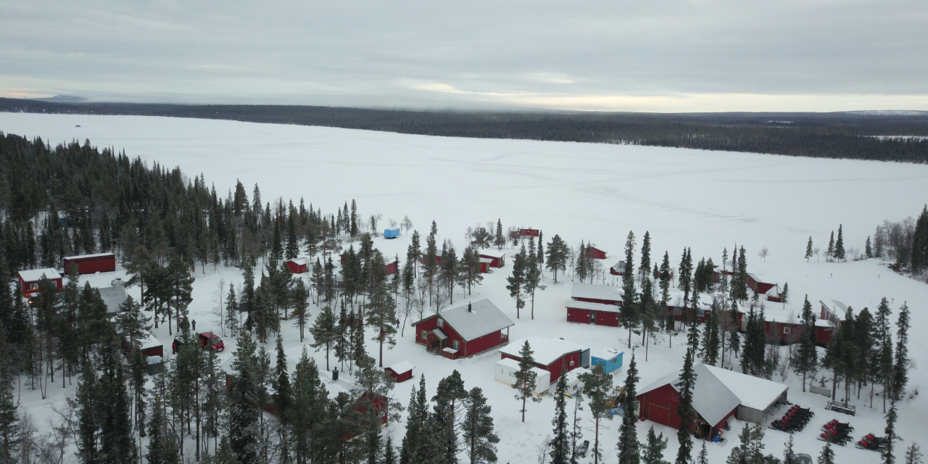
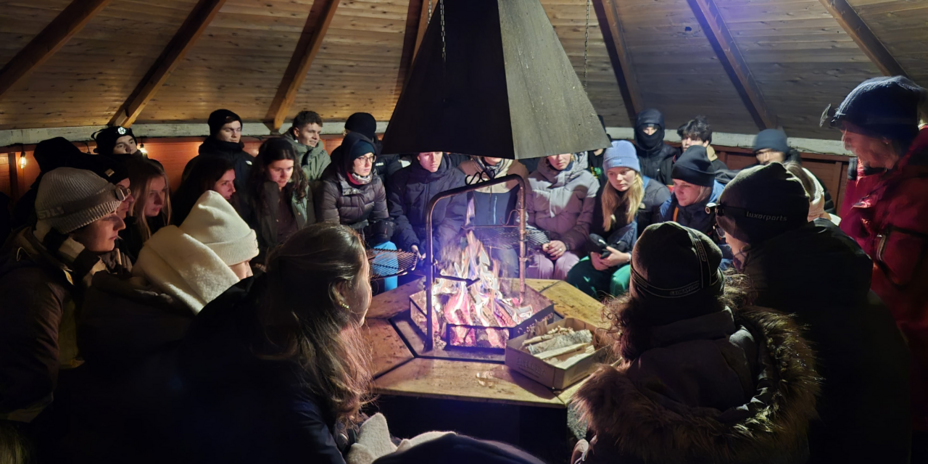
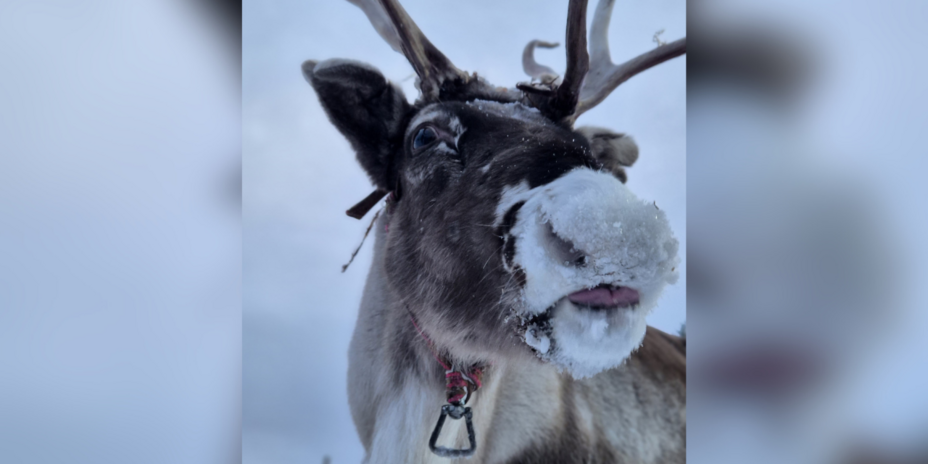
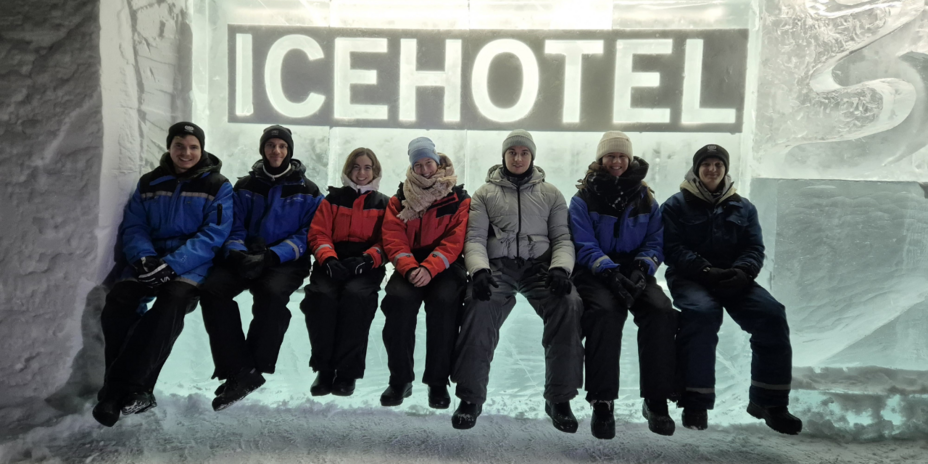
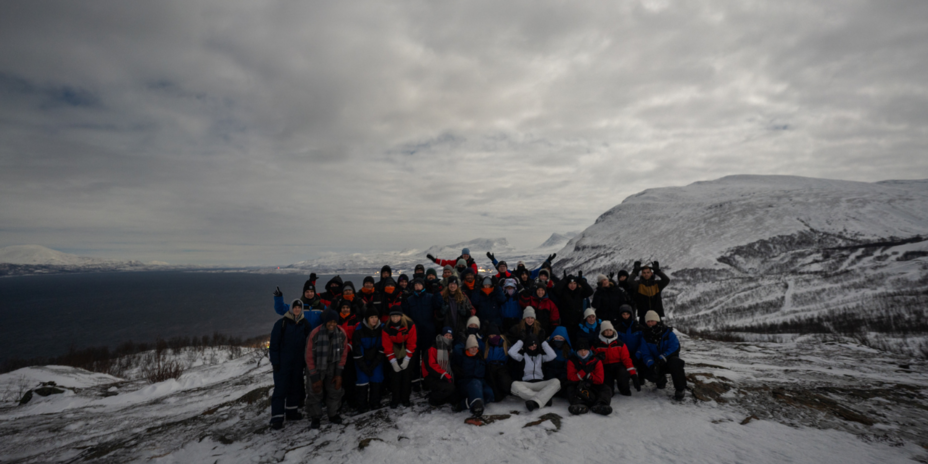

![[Translate to Englisch:]](https://www.tugraz.at/fileadmin/_processed_/6/d/csm_Skyline_by_Lukas_Gaertner_4ebfb80e18.png)
![[Translate to Englisch:]](https://www.tugraz.at/fileadmin/_processed_/b/a/csm_baju_melayu_by_Peter_Fuerlinger_bec25f974f.png)
